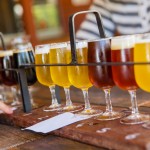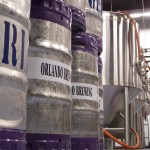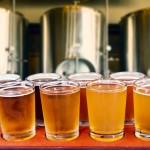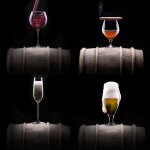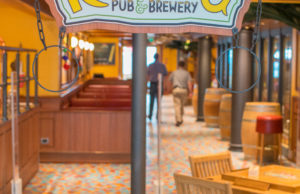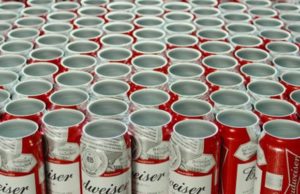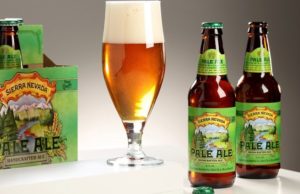Why Sour Beers’ Growth Can’t be Stopped
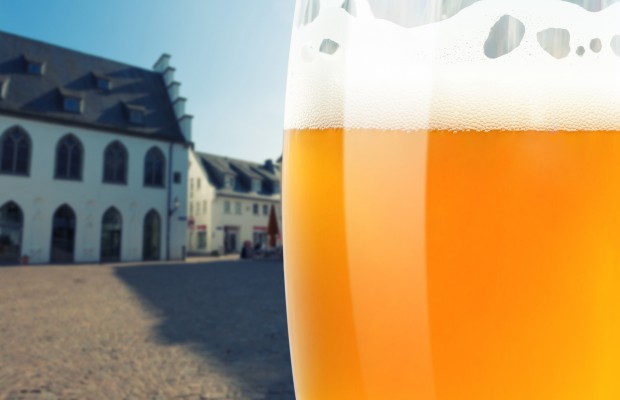
Sour beers have become one of the latest discoveries in the craft beer industry. Although popular in Europe for decades, sour beers are only now becoming popular in America – and growing at a fast pace.
How Sour Beers Are Different
Sour beers have historically been produced primarily in two ways: specialized or wild yeast/bacteria strains (as in the Belgian Lambic style) and by combining a batches of beer with sour beer – sour (or stale) beer with a new batch, explains Robert S. Parker, a Professor of Chemical and Petroleum Engineering, a member of the American Homebrewers Association, and an avid home brewer for the last 15 years.
Sour beers are historically European: porters began in England, and Lambics are native to Belgium. “So naturally, they would have a stronger following there,” Parker says. “With the original American macrobreweries touting fresh, clean, crisp beer, sour was a flavor more associated with ‘bad’ beer.” And it is only with the craft beer explosion of the last 10-15 years that beer has really pushed the envelope of flavor, he adds.
The current state of craft beer in the US is primarily focused on IPAs – a distinctive, powerful, astringent beer with very high IBUs (international bittering units), Parker explains. “With creative brewmasters at many craft breweries nationwide continuing to expand the beer taste and flavor options, sour beers are likely to develop a niche following here in the US, but I don’t expect they will ever be as dominant as the Pale Ales are today,” Parker says.
A Peek Into Sour Beer Production
“From the production perspective, the Lambic region of Belgium has a seasonal, native blend of yeasts and bacteria that breweries will allow to come into contact with the fermenting beer (using special tanks designed to facilitate contact of the beer with the ambient air, typically overnight),” Parker explains. “These strains mix and ferment to produce the sour Lambic (or sweeter fruit Lambic) beers for which Belgium is well-known. “
For the homebrewer, Parker says there are plenty of yeast strains available from companies such as White Labs (www.whitelabs.com) or WYEAST (www.wyeastlab.com), including several varieties of Brettanomyces, and the bacterias Lactobacillus and Pediococcus.
Brewing Your Own Sour Beer
Can the average home brewer make sour beer? Parker says yes. “I have my own Zamboni Oil porter on tap now, and a (currently unnamed) Brettanomyces bruxellensis-based Lambic-style beer fermenting away in a secondary (fermenter),” Parker explains. In fact, Parker says that Porter-style sour beer is easy to make.
How? Parker explains that you can start by leaving a glass of beer on the counter for a few days (covered with cheesecloth or similar to protect the product). “Then add this to a 5-gallon keg of freshly fermented darker beer to make the porter-style ale,” he adds. “More care is required when using sour-generating yeast and bacterial strains, so these generally made by the more experienced homebrewer with some equipment to spare, as it is often recommended that equipment used with Brettanomyces, Lactobacillus, and Pediococcus be reserved for use with these strains, rather than potentially cross-contaminating a beer batch fermented with the commonly used Saccharomyces cerevisiae yeast strains.”


